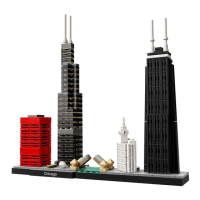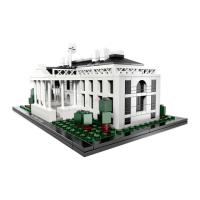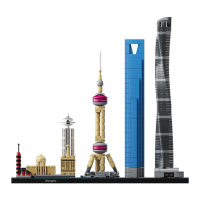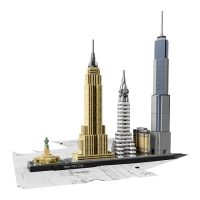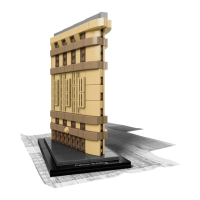Many of the attempts to rectify the tower’s leaning are just as interesting
as the actual construction itself. After work resumed on the tower in 1272,
engineers attempted to compensate for the tilt by building the upper
floors with one side taller than the other. However, the weight of the extra
floors caused the edifice to sink further and lean more.
In 1934, 362 holes were drilled in the base of the tower and filled with 99
tons (90 metric tons) of cement, with almost disastrous consequences.
In the early 1990s, the tower was closed to the public and engineers
anchored the tower to the ground using high tensile steel cable in an
attempt to stabilize it. After two decades of corrective reconstruction and
stabilization efforts, it was announced in 2008 that the tower had been
stabilized to such a degree that it had actually stopped moving for the
first time in its history. It is now claimed that the tower will remain stable
for at least 200 years.
Prior to this final restoration work, the tower leaned at an angle of 5.5
degrees. It now leans at 3.99 degrees. This means that the top of the
tower is displaced horizontally by 12 ft. 10 in (3.9 m).
© Gettyimages
8
21015_BI.indd 8 07/02/2013 3:00 PM
